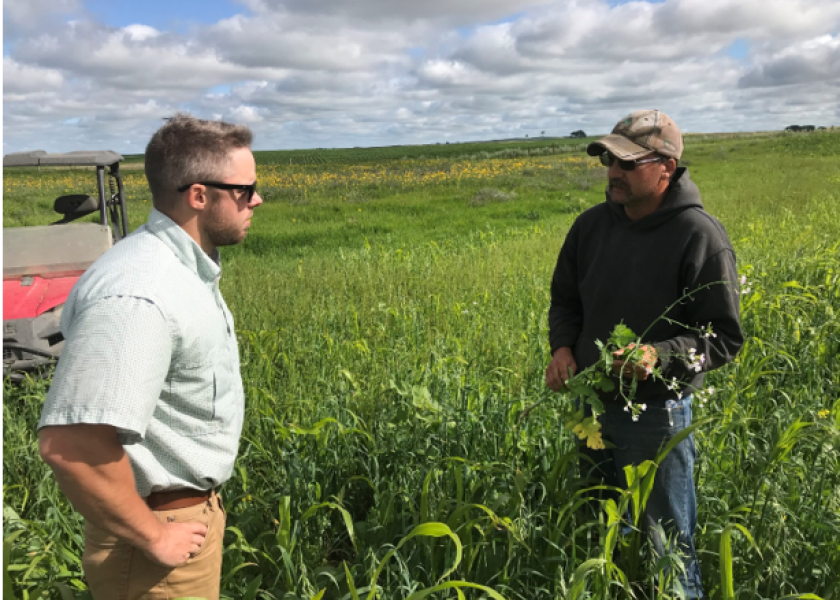Carbon Finance versus Carbon Revenue: A Worthy Distinction for Farmers

This article was written by Billy Gascoigne, resource economist, Ecosystem Services and Conservation Strategy, for Ducks Unlimited.
Much attention has been given to the growing interest in carbon offsets generated from the adoption of new agricultural practices to improve soil carbon sequestration, and a host of marketplace platforms offering to transact those credits on behalf of farmers. These carbon offset platforms—nearly a dozen and counting just in the U.S.—all strive to be “outcome-based” in which they are grounded on the concept of paying farmers for any additional carbon that is sequestered (i.e. the outcome) after your choice of practices are implemented. This, however, is where I feel the conversations to date have fallen short.
Any person managing a budget knows there are two sides of the profit equation: cost and revenue. The offset marketplaces in the daily news focus purely on gross revenue. The issue here is that carbon revenue is only relevant in the context of any new costs put on the shoulders of producers. Adopting new soil health practices can require significant investment. Examples include new implements for planting, seed varieties for cover crops, fencing and water infrastructure to incorporate and manage livestock, expanded data collection, not to mention critical training and education.
What has been far less discussed is the growing opportunities for farmers and ranchers to work with conservation and corporate partners to help cover these additional expenses—a term I refer to as “carbon finance” and something that can be of great benefit to farmers. Rather than being rewarded on the back end of practice adoption for an often to-be-determined outcome, producers can garner realized cost-savings on the front end. Some examples include:
• Cost-share assistance programs for equipment, seed, fencing and other expenditures
• Free/low-cost agronomy services
• Tuition coverage for advanced trainings that often provide a go-to "community of practice"
Data collection efforts can advance field productivity and optimize inputs. Many corporations seeking carbon reductions within their supply chain have identified on-farm carbon finance as a critical arm to achieving their greenhouse gas commitments. They have begun to work with conservation NGOs like Ducks Unlimited, Practical Farmers of Iowa, The Nature Conservancy, American Farmland Trust and others to blend public and private resources and engage producers in this realm. However, one typically cannot have it both ways. If a corporation provides finances to implement a new practice in the name of a carbon claim, they are not likely to pay again for an offset nor allow farmers to sell them separately due to risk of that claim being counted twice.
There is undoubtedly a tremendous amount of new opportunity for farmers and ranchers to leverage carbon and other environmental outcomes from adopting soil health practices. This article is intended to highlight that it should not be viewed solely through the lens of an offset marketplace, but rather one that also acknowledges the (foregone) cost side of the journey. I encourage producers and this community to recognize the diversity of carbon opportunities available and that not all incentives have to come in the form of a formal credit with a long list of associated stipulations.
A Better Mousetrap Is Needed For Carbon Programs, Consortium Says
7 Considerations Before You Sign On To A Carbon Market Agreement
Signal to Noise: Vilsack Focuses on Expanding Markets to Pitch Carbon Plan
2021 Trust In Food Symposium to Highlight Trends in Carbon and Climate, Animal Ag and Innovation







